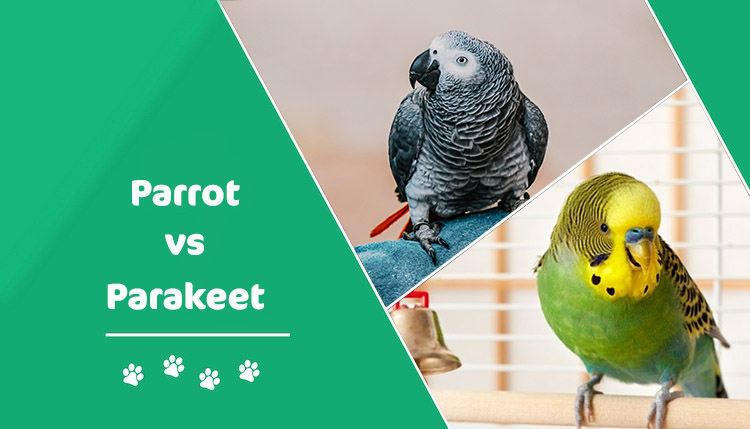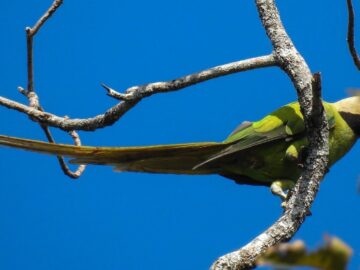

Think of them as the strong, silent type. Their quiet nature belies strength of conviction that enables office doves to overcome obstacles. These qualities typically make them the employee or manager everyone gets along with. Whether it’s taking on an assignment for an overwhelmed colleague or counseling a stressed co-worker with patience and empathy, doves can be counted on to pitch in and help. They are quick to volunteer their time and efforts for the sake of others. Office doves have an innate drive to be helpful. Their energy level is low key as they steadily work through their day with consistency and thoroughness. Like their avian counterparts, office doves are even paced and prefer calm and predictable settings over fast-paced environments rife with upheaval and change. More casual, cheerful parrots just have a knack for making hard work look like something fun to do! One of the biggest misconceptions about office parrots is that they are not as “hard working” as other styles. Their talent to work on many projects at once gives office parrots the energy boost to get things done. Their ability to brainstorm and vocalize their thoughts drives the creative engine that sparks innovation. Office parrots thrive in environments where they can bring new ideas to life. This enables them to easily build a large network of collaborative relationships within an organization. Just like the aviary parrot who can speak the language of any animal in the forest, office parrots seem to naturally and effortlessly adapt to the person or the situation. The ability to read other people, combined with their verbal adeptness, make them highly persuasive. Office parrots have highly developed interpersonal skills. Perhaps most of all, they want to have a good time and typically boost morale when times are tough. They typically are bursting with vitality, the center of attention, or motivating the team with high energy and enthusiasm.

Just like their real-life counterparts, office parrots are easy to spot. This enables them to direct themselves toward achieving results in the quickest, most efficient manner, which then opens their energy to the next opportunity. They need to be conscious of how these aggressive tendencies affect other styles and diminish their ability to produce the results they crave.Ībove all, office eagles value clarity of mission. When office eagles overuse their dominant style, they can come across as abrupt, overbearing, and unwilling to acknowledge defeat or admit to being wrong. Like their avian counterparts, these eagles prefer to function independently with the freedom to overcome obstacles and progress toward goals. Office eagles enjoy exploring and conquering new opportunities ahead of the competition. Office eagles often rise to positions of influence and authority in which their strategic leadership abilities enable them to visualize the business from 10,000 feet. They communicate directly, are geared toward quickly capturing goals (prey), and judge themselves by results achieved. Just like their raptor compatriots, office eagles aren’t shy creatures. In addition, the birds add colorful energy to visual learners who are new training participants, while adding new life for old-time DISC trainers and participants. Simply put, the birds are “sticky.” Participants instantly connect with what they represent and they remember it. Training participants can easily ascribe characteristics that capture the essence of each style to eagles, parrots, doves, and owls. But thinking about an eagle immediately brings these traits to mind. Just looking at the letter D does not intuitively reveal behavioral traits such as bold, direct, and results-oriented. And conscientious, concise, and correct C’s are owls. Supportive, steady, and sympathetic S’s are doves.

Interactive, influencing, and inspirational I’s are represented by parrots. The letters D, I, S, and C form an acronym in which the D style is symbolized by dominant, direct, and decisive eagles. The Taking Flight! fable portrays how by linking a type of bird to each style, DISC can have a deeper and longer-lasting impact. Over the last 30 years, the training approach to teaching the four DISC personality styles for employee development hasn’t changed much-until now.


 0 kommentar(er)
0 kommentar(er)
